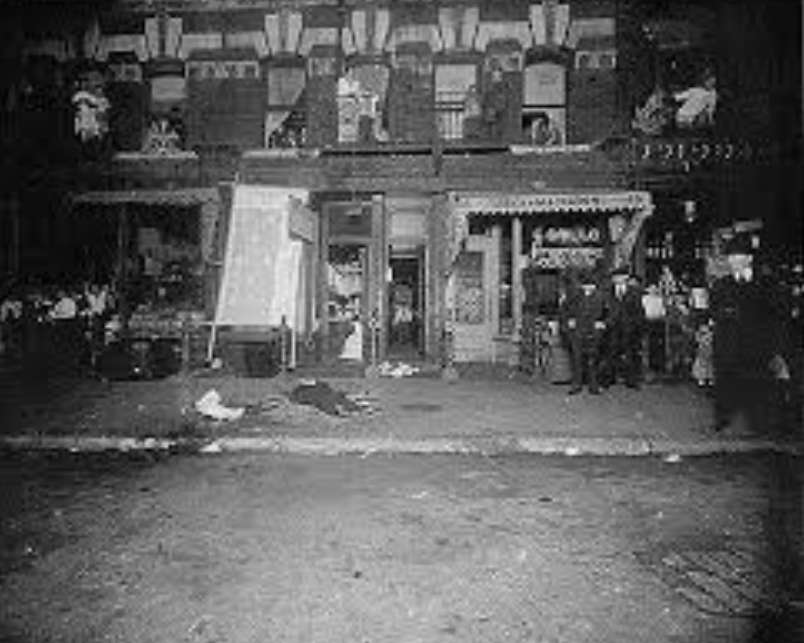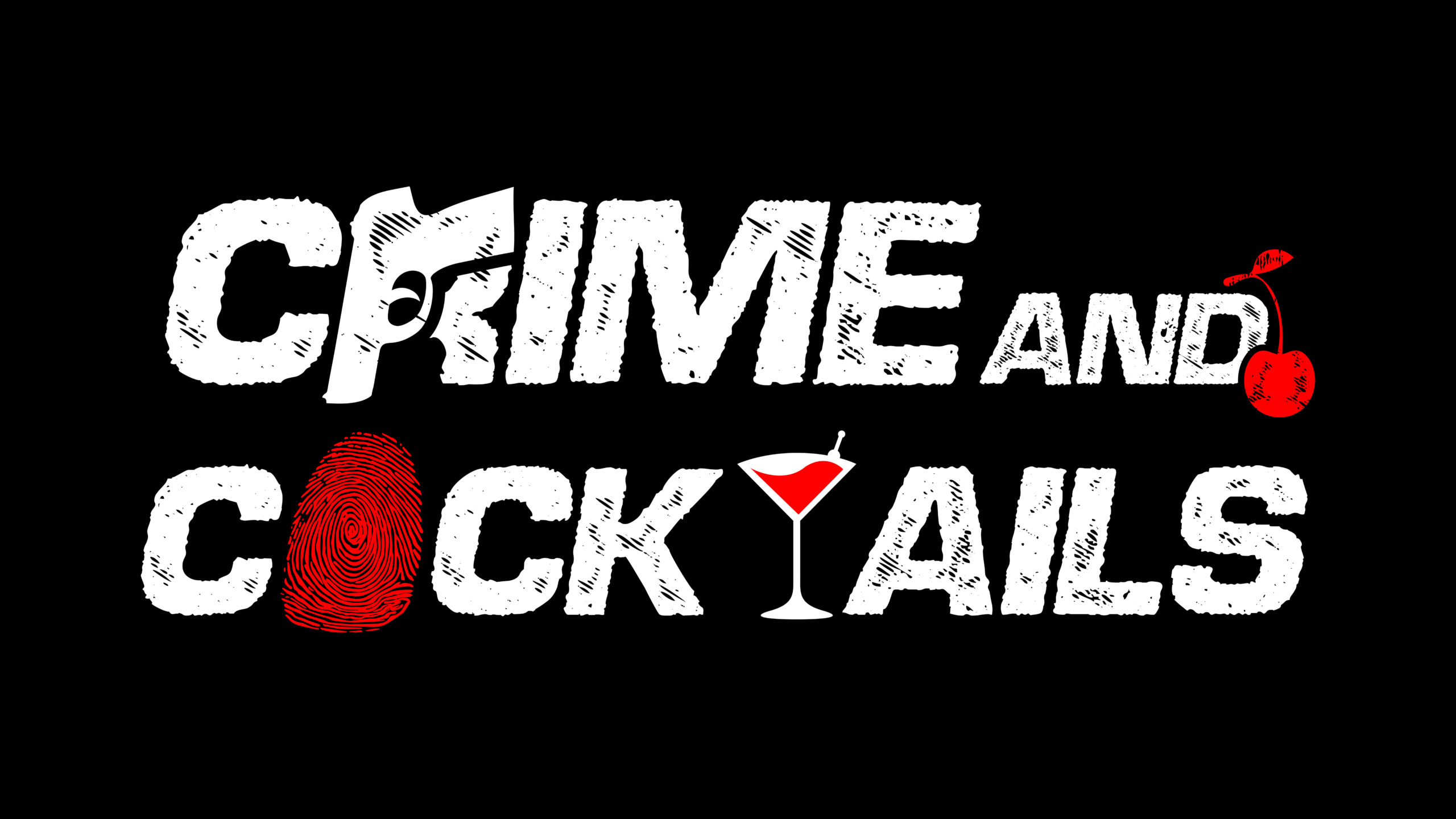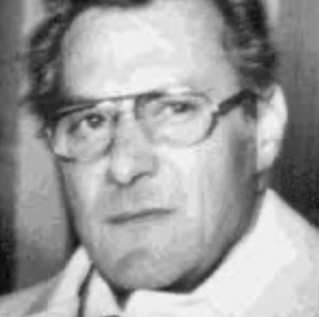In the dim underworld of New Jersey and New York’s combined labor-racketeering and Mafia circuits, few figures cut a chilling silhouette quite like Salvatore Briguglio, known in his milieu as “Sally Bugs.” Born on February 4, 1930 in Union City, New Jersey, Briguglio would rise from a Korean-War veteran to a trusted enforcer for the Anthony “Tony Pro” Provenzano-led operation at Teamsters Local 560—handling extortion, loan-sharking, murders, and the union graft that financed the rackets.
From the outset, his life reveals the convergence of union power, organized-crime muscle, and the kind of violence that leaves a permanent stain. His story is woven into the infamous disappearance of Jimmy Hoffa and the brutal murder of union rival Anthony Castellitto, with fellow mob-associates like Harold Konigsberg deployed at Briguglio’s side. This is the story of Sally Bugs: the hit-man-turned-union-agent poisoned by ambition and betrayed by the very system he served.
From Soldier to Mob Enforcer
Briguglio’s early life bears the marks of the blue-collar, immigrant-American convergence typical of mid-century New Jersey. Born on Palisade Avenue in Union City, he served in the U.S. Army during the Korean-War era. Yet after returning home, he found his real battlefield in the backrooms of Local 560, and the outer edges of the Genovese crime family. Under Provenzano’s patronage, Briguglio became his “strong arm” – the eyewear-wearing man you didn’t suspect, until he pulled the hose or strangled a foe.
His veneer of a meek accountant-type—glasses, calm exterior—belied the carnage he was capable of. According to mob museum records, he is alleged to have killed over fifty people while working for the Genovese family. He was promoted to business agent of Local 560 in September 1961, the job offering cover for graft, union pension-fund manipulations and loansharking.
The Castellitto Murder: Blood in the Catskills
In June 1961, the union world was rocked. Castellitto—quiet, popular among the rank-and-file of Local 560—posed a threat to Provenzano’s iron grip. Provenzano responded. He enlisted Harold Konigsberg (a loan shark with his own skeletons) and Briguglio, plus another enforcer, Salvatore “Big Sal” Sinno. They lured Castellitto to a farm in Kerhonkson, New York. There, the documents say, he was struck with a lead-filled hose, suffocated with a rope, his body hidden and later dismembered.
As the trial later summarized, “Provenzano in 1961 tapped Konigsberg, Briguglio … to kill a union rival.” It was a textbook case of mob-union fusion: murder ordered to protect the union machine and the mob’s access to it. The body was never found—leaving evidence fragmentary, but motive and method unmistakable.
Briguglio thus earned his reputation: quiet, efficient, ruthless. He became part of the Provenzano faction’s core, functioning as muscle and mediator, but always ready to dispense violence.
Hoffa’s Disappearance and the Shadow of Sally Bugs
On July 30, 1975, Jimmy Hoffa vanished. He had been freed from prison in 1971 but was still barred from union office until 1980. He was attempting to regain power in the International Brotherhood of Teamsters—and that triggered alarms in the mob-union nexus.
The prevailing theory: Hoffa was lured to a meeting at the Machus Red Fox restaurant in Bloomfield Township, Michigan, with Provenzano and Detroit mob boss Anthony Giacalone among those scheduled. He never returned.
Into this void stepped Briguglio. FBI informants like Ralph Picardo claimed Briguglio (and his brother Gabriel) were among the men sent by Provenzano to kill Hoffa. Reports say the body was then loaded into a truck and hauled to a New Jersey dump or shipped in a barrel. Whether true or not remains unproven—no body, no conviction—but the link places Sally Bugs at the epicenter of one of America’s great mysteries.
In this context, Briguglio isn’t just a watery figure in Hollywood’s “The Irishman”; he is a dystopian figure of labor corruption, organized-crime and disappearance. His role may have been minor or pivotal, but the fact his name emerges so often suggests he was more than foot-soldier.
The End of Sally Bugs: Execution in Little Italy
March 21, 1978: Briguglio was standing outside the Andrea Doria Social Club in Manhattan’s Little Italy when two gunmen approached. They knocked him down and blew four bullets into his face and chest. He lay on the sidewalk, pool of blood, the work of someone who knew he’d crossed a line—or been marked for silence.
The hit occurred while he was still under indictment for the 1961 Castellitto murder. Some argue the murder was a warning to others who might turn witness; his death silenced a potential voice.
Thus Briguglio’s story ends not in prison, nor in redemption, but on a city sidewalk—shot down in the realm he helped create.

Why the Story Matters
Briguglio’s rise and fall reflect the toxic marriage of organized labor and organized crime in mid-century America. In his figure we see:
- The union officer who is also mob muscle. Briguglio held the title “business agent” for Local 560, while maintaining contract with the Genovese family.
- The assassin who also guarded the union pension. Violence was the enforcement wing of graft.
- The man who may have helped eliminate Hoffa—thereby extinguishing a challenge not only to union corruption but to mob control of the pension funds.
- The endgame: when you’ve done the dirty work, you may become expendable.
Briguglio’s name, alongside Provenzano and Konigsberg’s, gives texture to the Hoffa mystery. It’s no longer just labor-boss disappears—it becomes union-mob purge, hit list, disposal plan, and then silence.
In the Halls of Memory and Popular Culture
Briguglio appears in Martin Scorsese’s film The Irishman (2019), portrayed by Louis Cancelmi. The dramatization adds mythic heft, but the real story remains grim and factual: mob control of labor, the brutal enforcement behind it, the disappearance of the man who resisted.
In the law-books and indictments: Provenzano was indicted in 1976 with Briguglio and Konigsberg for the 1961 murder of Castellitto. Konigsberg later was convicted. Briguglio never faced trial for Hoffa’s disappearance; he was killed before that could happen.
Conclusion
Salvatore Briguglio’s life is a dark reflection of the union-mob nexus. He was soldier turned union agent, thug turned enforcer, insider turned expendable. From his early days in Union City to his alleged role in the most enduring mystery of U.S. labor-crime history, his narrative reads like a gangster novel—except it was real.
As Hoffa’s vanishing remains unsolved, and union and mob investigations linger on, Sally Bugs remains a ghost in the system. A man who knew too much, did too much, and died too soon to account for it. In that sense, Briguglio is both archetype and anomaly: typical of the corrupt system, yet singular in his fate.
Union halls, courtrooms and crime-scenes intersect in his story. And in the end, the sidewalk in Little Italy where he was gunned down stands as the final chapter—not of redemption, but of warning.


